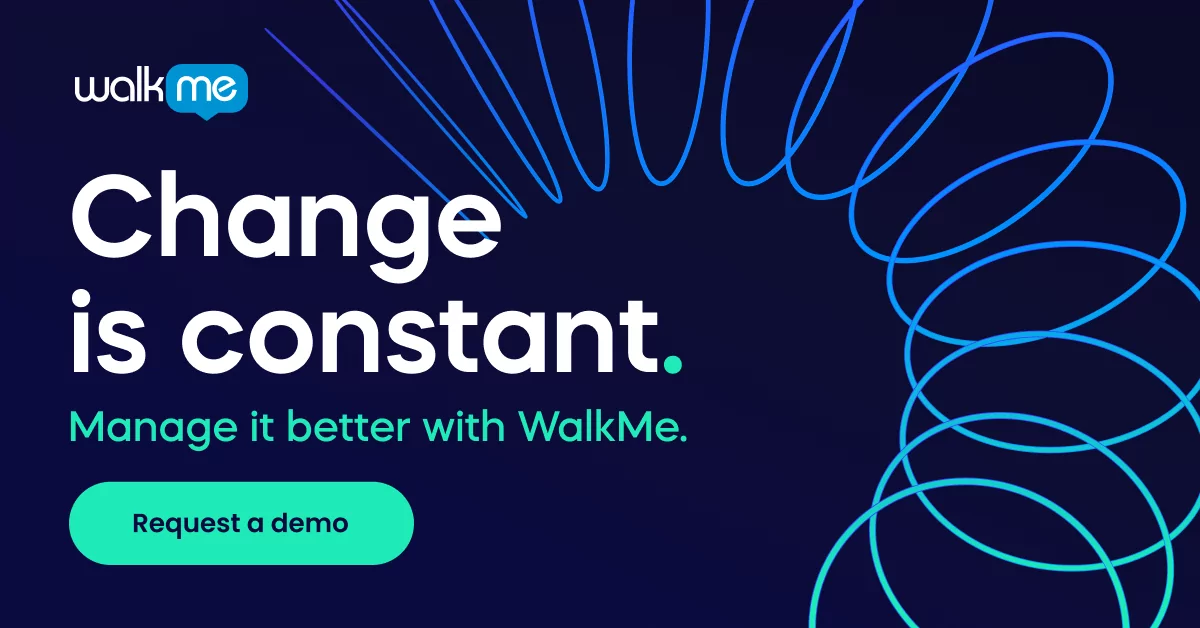Technology has officially taken its place as the keystone of business strategies and operations, which is why it is critical to develop a modern, future-ready IT operating model.
In order for IT to successfully support the organization’s objectives, however, it is important to understand exactly what IT operating models are and how they will evolve in the coming years.
What is an IT operating model?
Just as a company’s operating model defines how the business will meet its strategic goals, the IT operating model defines how the department IT will fulfill its strategic objectives.
The IT operating model defines:
- The precise scope and role of IT operations in the business
- How, where, and by whom IT work gets done
- IT governance, structure, sourcing, and processes
Although the design and sophistication of the IT operating model will vary from business to business, every organization, large or small, should have a well-defined IT operating model.
Here are just a few of the benefits:
- Increased efficiency
- Improved risk management
- Clearly defined roles and responsibilities
- Maximized IT performance, cost-effectiveness, and agility
What you and your organization are able to gain from having an IT operating model will depend on a number of factors, such as the scope of the operating model, IT’s role within the company’s strategy, and the principles upon which the model is designed.
Those design principles will dictate, among other things, how well the IT department is able to meet the organization’s strategic needs.
In recent years, certain design principles have become more prominent as a result of the digital changes that are sweeping the modern business landscape.
Employee-centric IT operating models
A technology-centric IT operating model would focus first and foremost on the technology, then define IT needs, business processes, and the IT operating model afterwards.
An employee-centric IT operating model, instead, places emphasis on employees and employee experience management.
This does not mean that employees’ needs should define the operating model, but this approach does recognize that IT operational success holds significant reliance on factors such as:
- Employee engagement
- Employee sentiment
- Job satisfaction
- The employee experience
- Digital skills and digital savviness
As digital technology continues to advance, employees are taking on more IT-related tasks, in large part due to innovative new tools that are arriving in the workplace.
No-code platforms, such as WalkMe’s digital adoption platform (DAP), allow employees to learn software independently and automate a range of workflows. These types of tools are contributing to the democratization of IT— enhancing IT’s ability to support the organization’s objectives.
Outcome-driven IT operating models
Since so many businesses have become IT-driven, operating models should be designed around business and IT outcomes, rather than around functions and services.
Outcomes, in other words, should be defined first. Once those goals have been set, IT capabilities, services, processes, and functions can be custom-fit to meet those needs.
An easier way to understand the difference between activity-driven and outcome-driven models is to compare key performance indicators (KPIs) and objectives and key results (OKRs).
KPIs are metrics that evaluate an activity against predefined benchmarks.
These measures can be a useful way to track progress and assess output, but the focus on activities can lead to a disconnect between those actions and the organization’s overarching goals. In other words, how do you know if those activities are contributing to the organization’s objectives?
OKRs place the focus on outcomes, rather than activities.
These measurements start by defining set outcomes, then creating quantifiable metrics that track progress towards those results.
The distinction between these two types of measurements can be a useful illustration of the difference between outcome-focused and activity-focused IT operating models.
Given the strategic importance of IT in the modern organization, it should be unsurprising that many organizations are shifting to outcome-driven operating models in place of activity-based models.
Trends affecting the future of IT operating models
As the business landscape continues to evolve and digital innovation continues to disrupt the enterprise, we can expect to see a number of trends impact IT operating models.
A few of those include:
The democratization of IT. What feels like daily releases of new solutions are making IT more accessible to employees across the workforce. No-code platforms, automation tools, composable software, and other tools are helping to distribute IT-related tasks across different business units.
The hybrid workplace. Remote working became the norm in 2020, and many expect hybrid office models to become the standard in the years ahead. In offices where employees work both remotely and on site, IT will need to adopt new technologies and operating models which enable employees via self-service.
Digital transformation. There is no end in sight for emerging technologies to transform the business landscape. Artificial intelligence (AI), the Internet of Things (IoT), and many other innovative digital solutions will dramatically affect the workplace, IT, and operating models.
Intelligent automation. AI is advancing at a rapid pace, and as it does, it will continue to enable new levels of automation in IT departments. Over time, we will see AI-driven tools take over more IT tasks that require cognitive input, decision-making, and judgment.
TL;DR: IT will become progressively more integrated at every level of the business, and this shift will affect IT strategy and business operations, among many other areas of the organization—which is why a clearly defined IT operating model is vital to helping you and your company remain agile moving forward.


